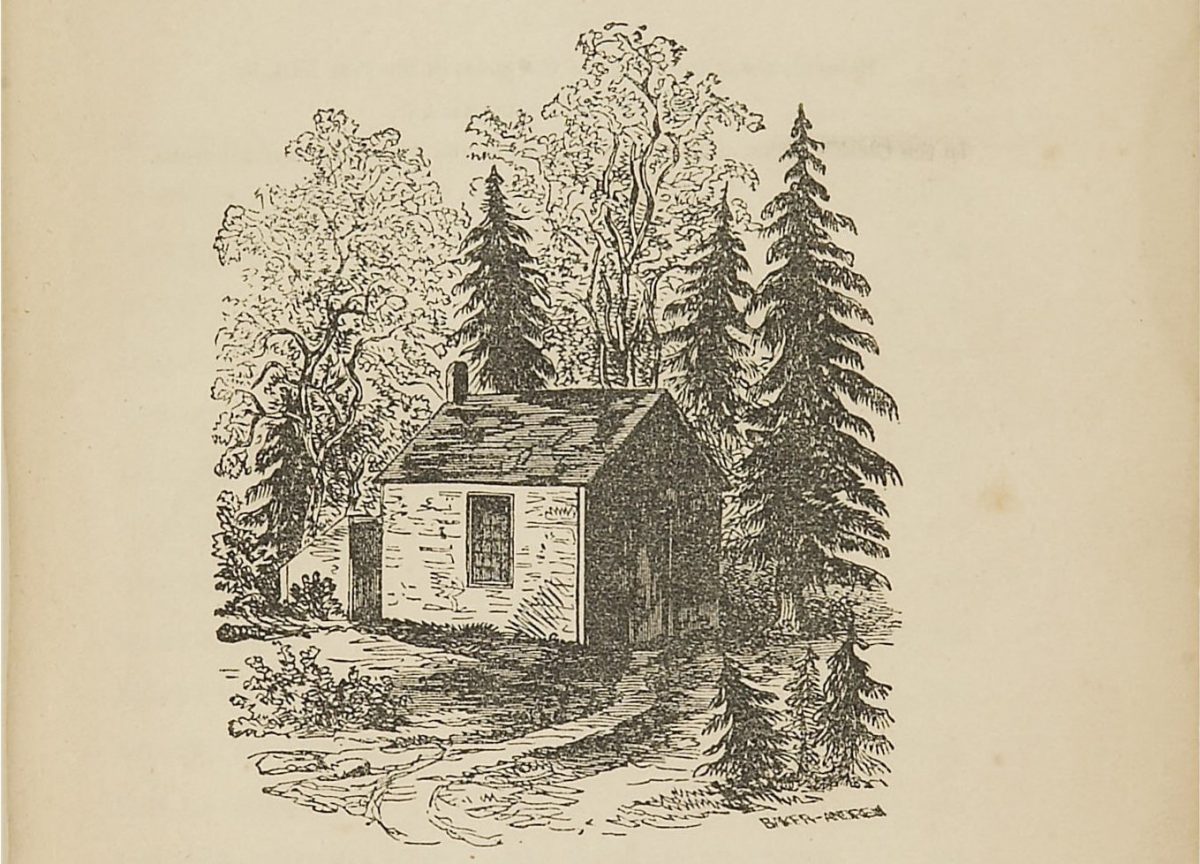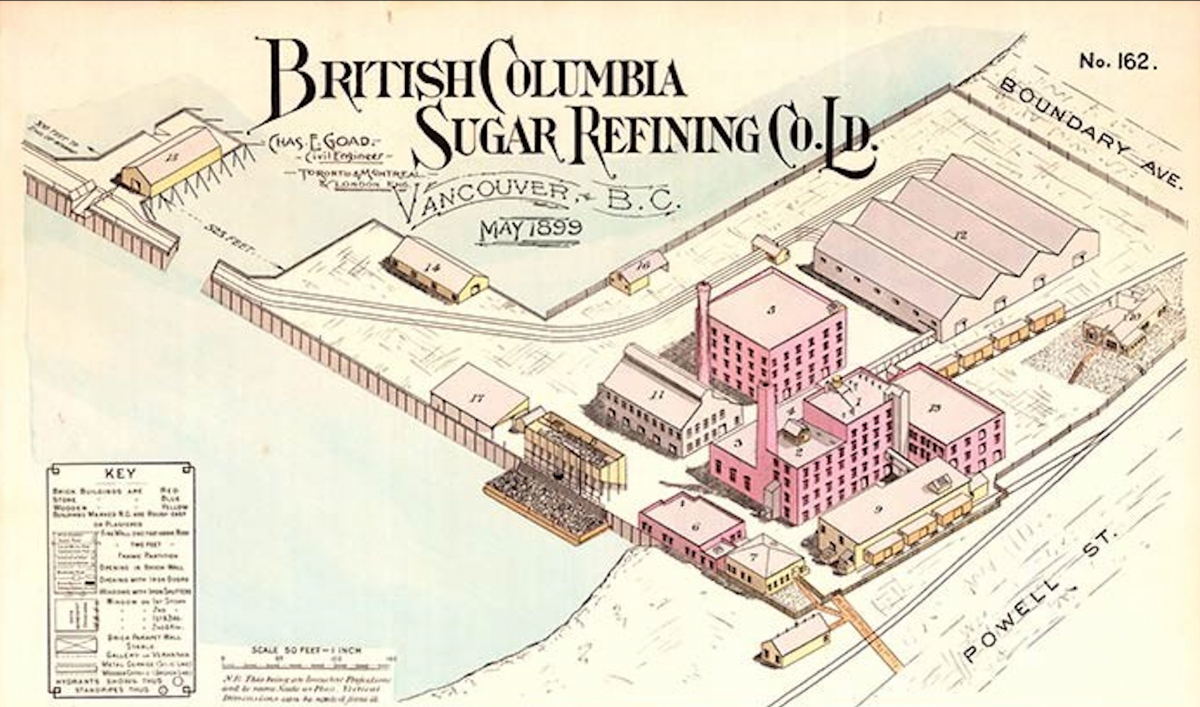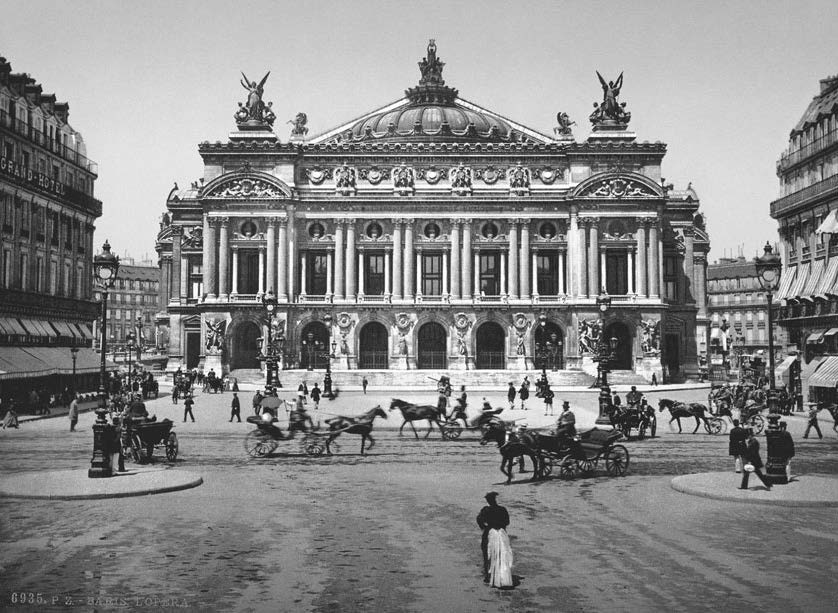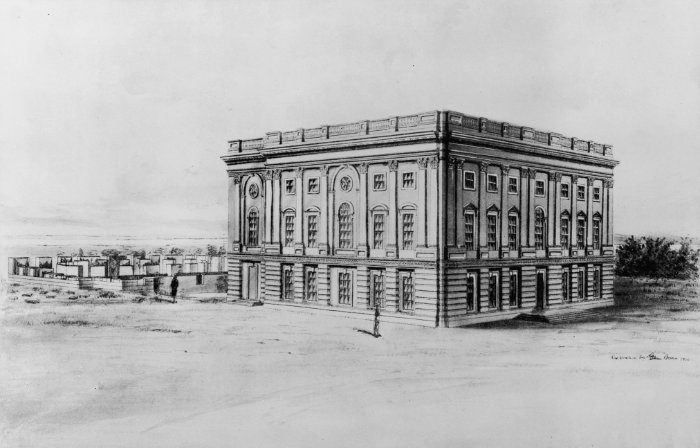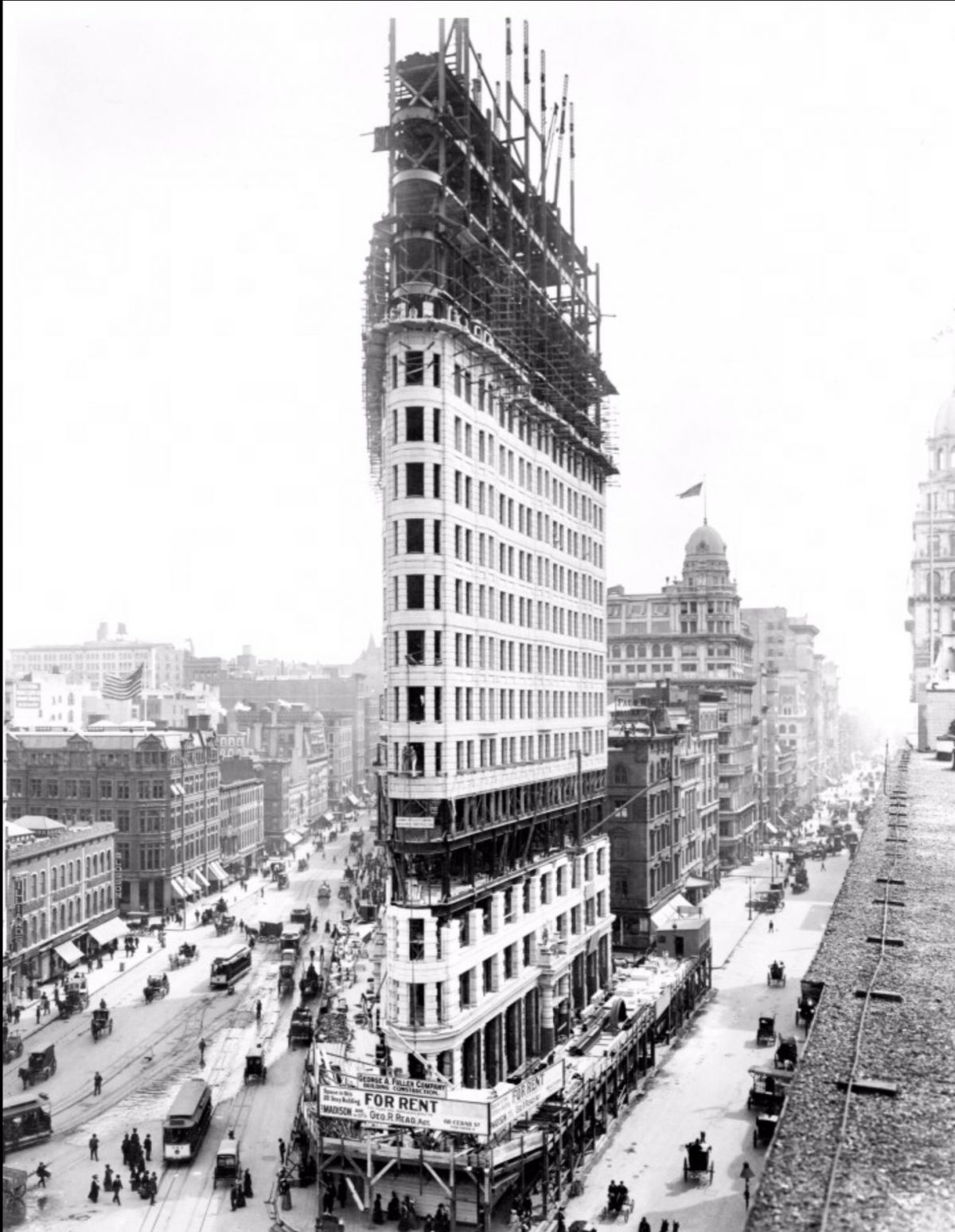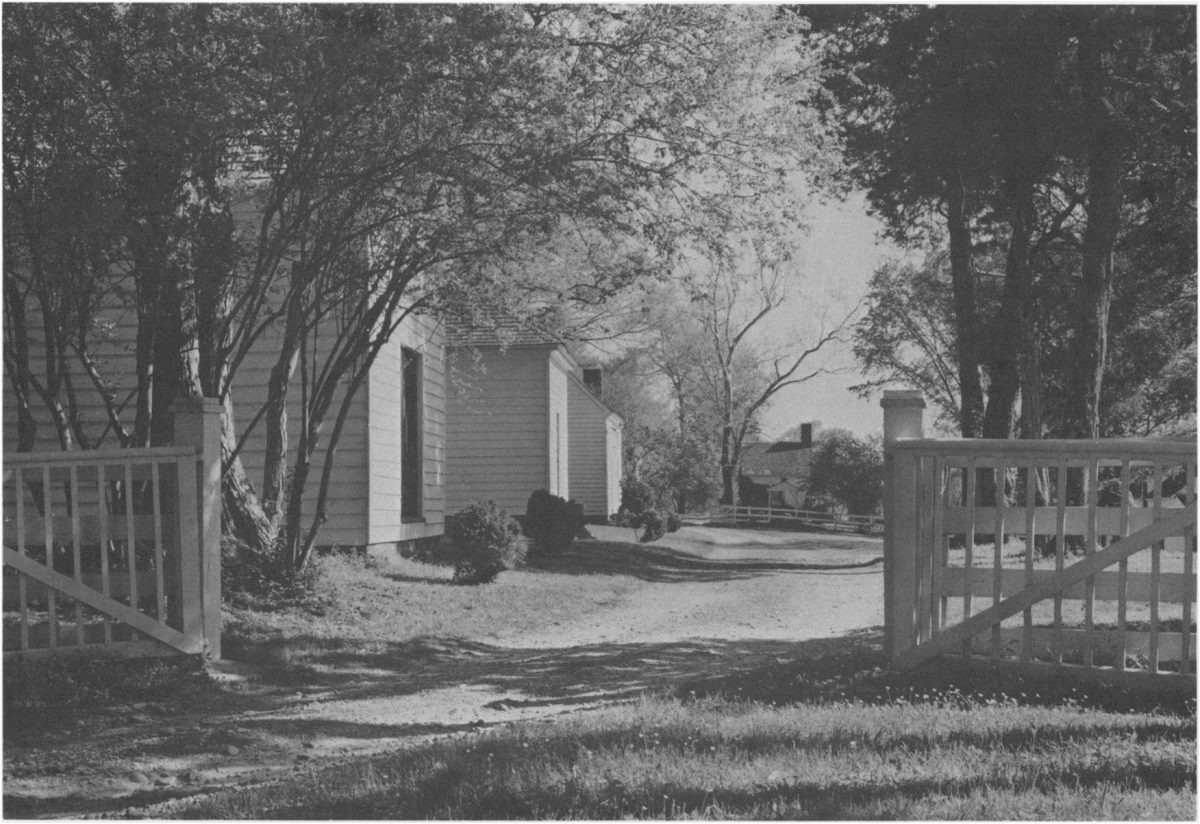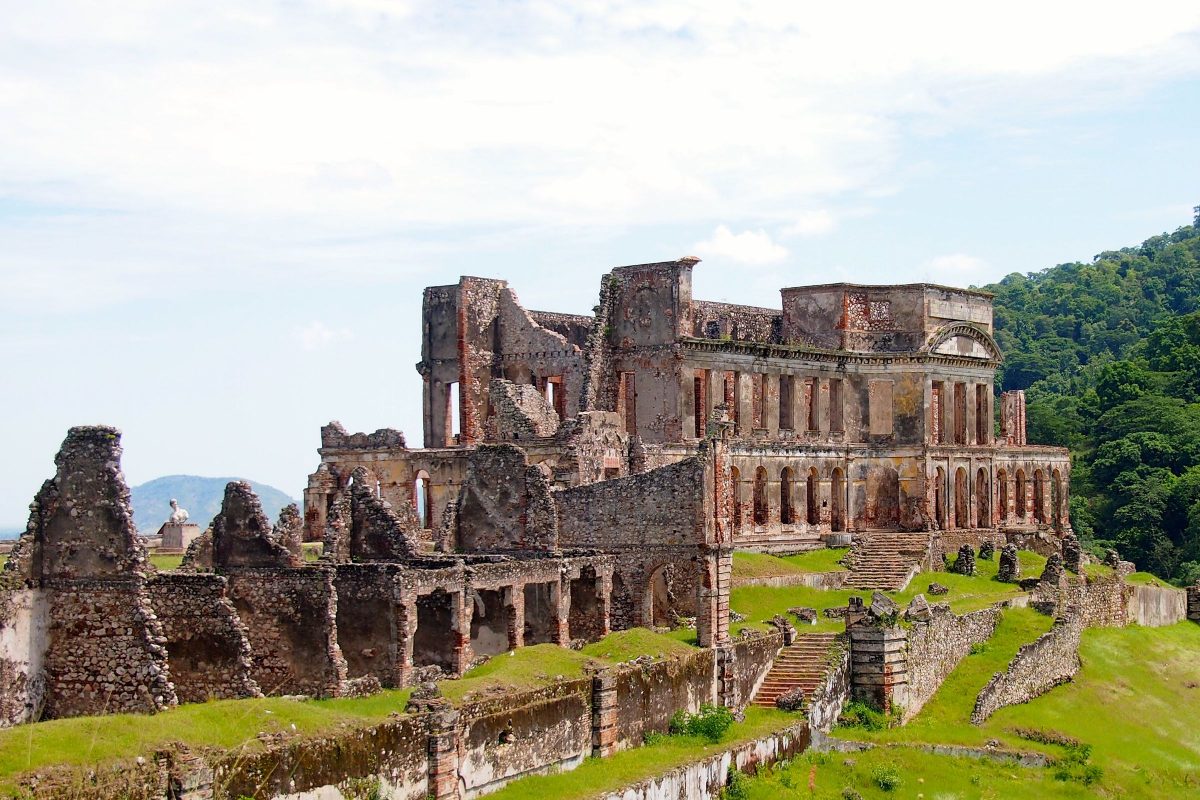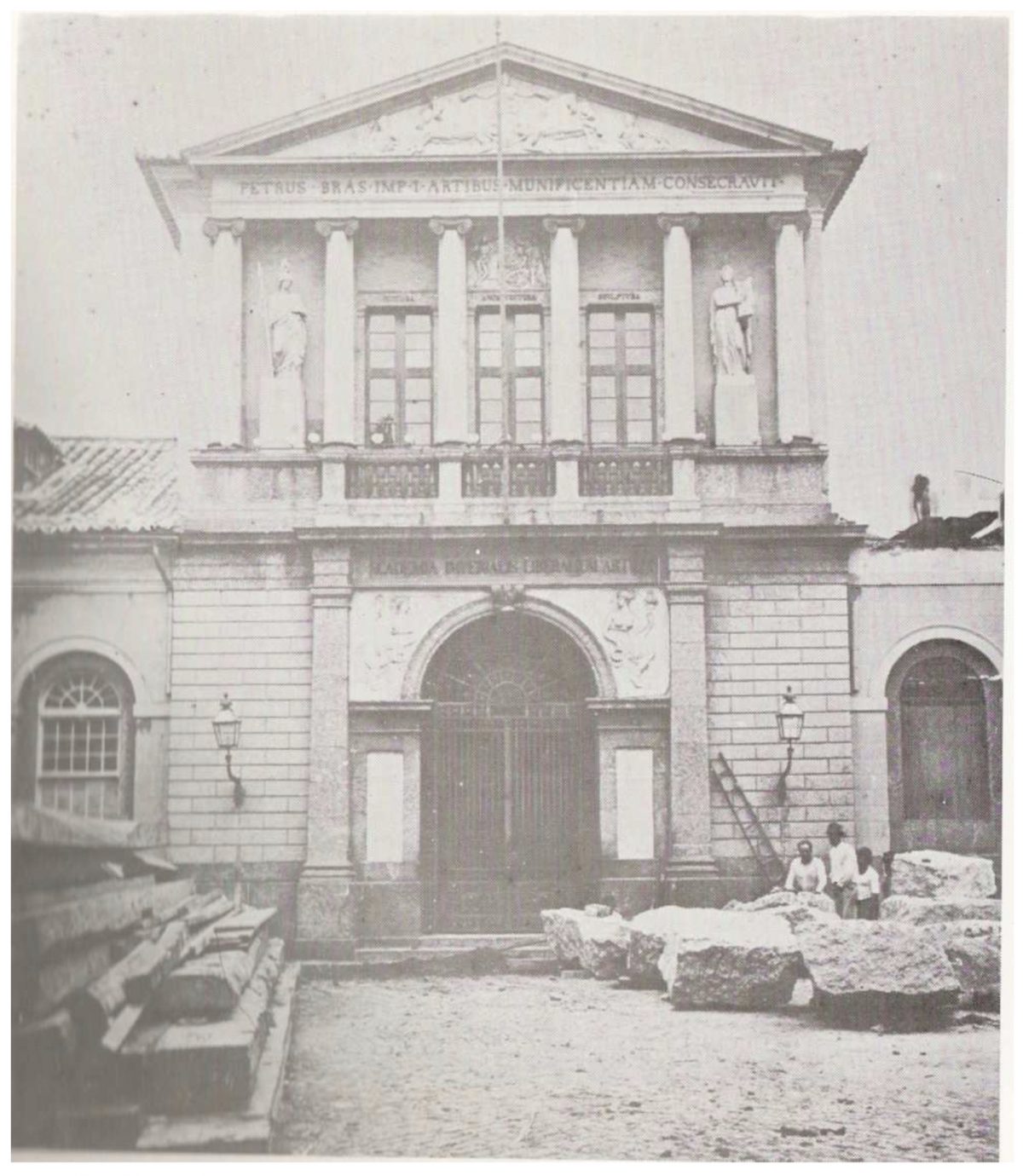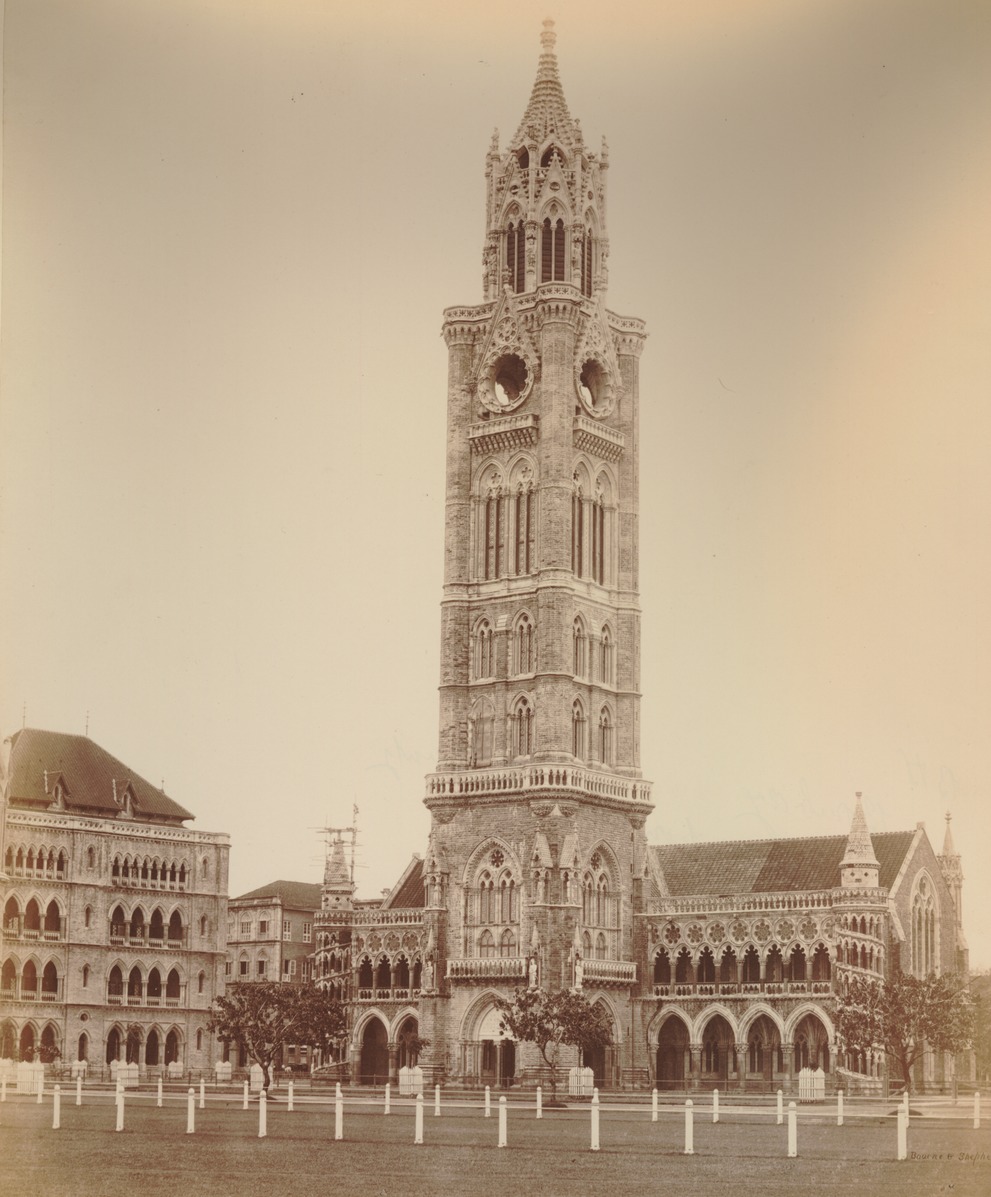From July 1845 to September 1857, Henry David Thoreau lived in a small, self-built, single room cabin. It stood beside Walden Pond on the property of Ralph Waldo Emerson, just outside of Concord Massachusetts within the territory of the Pennacook Nation. The structure itself was extremely simple, occupying a ten by fifteen foot footprint with […]
